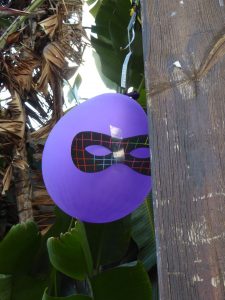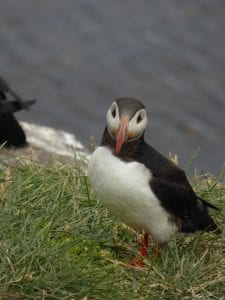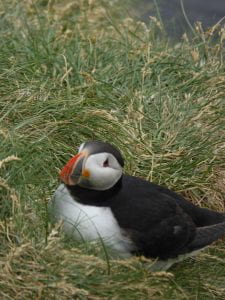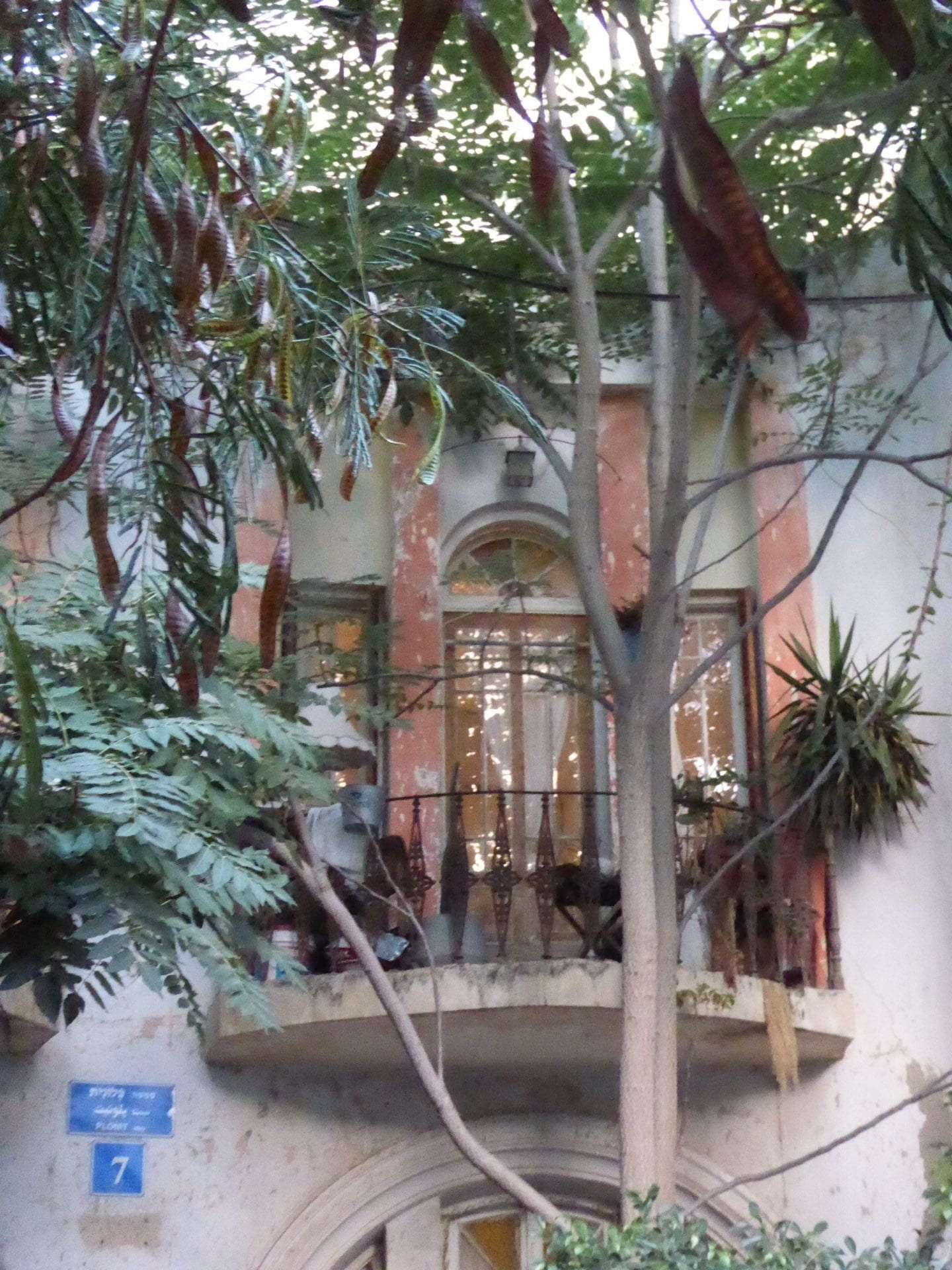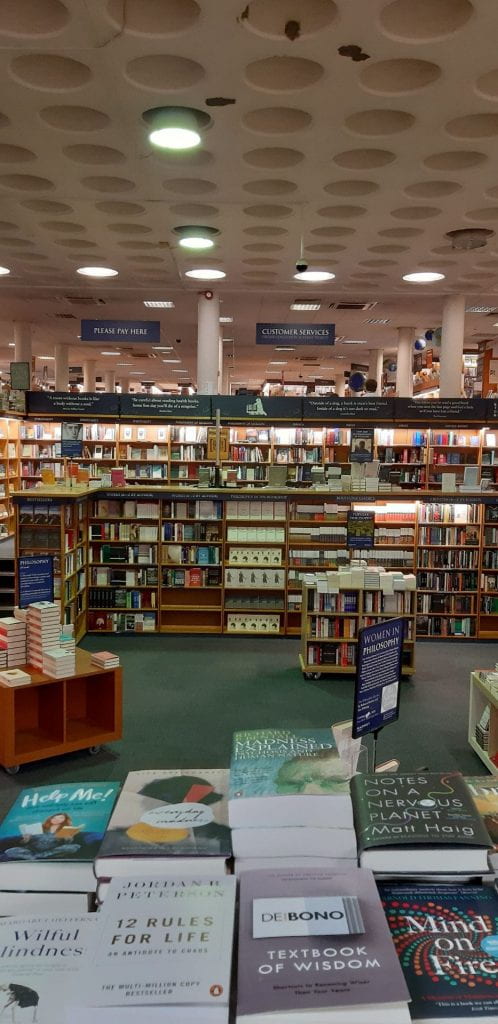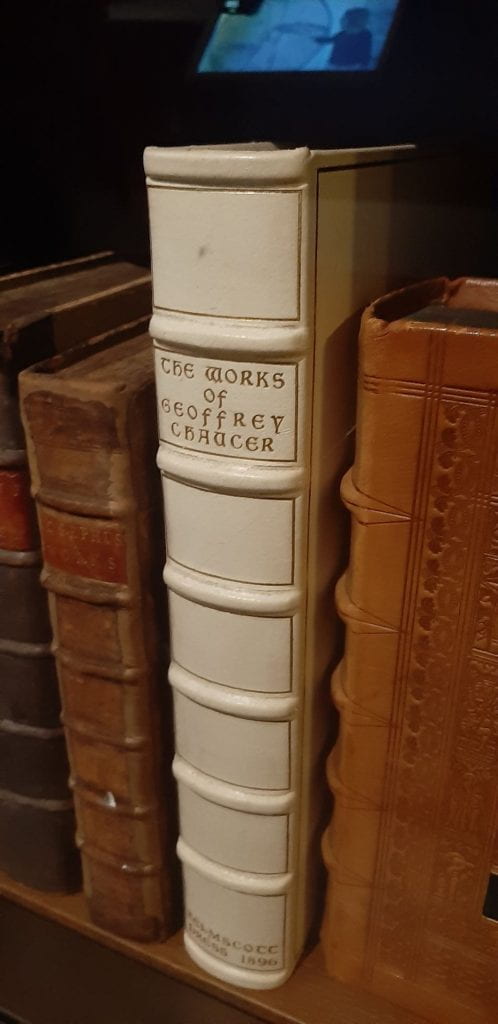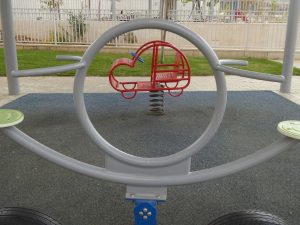
Naomi’s Photos
It’s a great thing to be able to greet students at the beginning of the year and then hand each one of them a simple “gift folder” with an official-looking cover page on it, and say:
“Here, this is for you. Write your name on it. It’s your personal “exam review” folder. See the table of contents? With the checkboxes? This tells you what material you will be adding to it, gradually, so that you can have all the material you need to review in one place, before your national exam in January /May.
Yes, you will be graded on it. A grade that really will be part of the grades that make up your final grade.
You’re welcome”.
My Deaf and hard of hearing students high school students need very clear “road maps” showing where we are going and what is expected of them.
And everyone likes getting a personal gift!
Quite motivating, right?

Naomi’s Photos
WARNING! WARNING!
This wonderful plan of having students build their own review folder can backfire completely.
I should know.
I stopped trying to do this years ago because
(let’s be polite here)
the results were unsatisfactory.
Then what am I doing here sharing the personal exam review folders that my strong twelfth grade students will be getting on the first day of class?
Isn’t Einstein supposed to have said that it’s insanity to do the same thing over and over again and expect different results?!!
Ah, but I’m NOT doing the same thing.
I think I figured out what went wrong before.

The Pitfalls
- I didn’t include a grade for completing the folders in the semester’s grade. Some students, particularly the strongest ones who did well on their first exam of the year, saw no reason to work on their folder. They could succeed without bothering with it, as far as they were concerned.
- I didn’t ensure the students made every single element of the folder personal. The folders included photocopied – ready-made pages that the students got. They didn’t create their own sample sentences or even copy out such lists as
“useful adjectives” or “connectors” in their own handwriting (or typed it up themselves). They didn’t really review material they hadn’t written themselves.
But all of the above is “peanuts” compared to the major mistake I made in the past:
The exam review folders were mainly or exclusively for reading comprehension skills. I included sample types of questions, warnings about common errors, useful vocabulary, and tips about which questions to do first or last.
However, reading comprehension is a very complex skill, particularly for my Deaf and hard of hearing students with their general language difficulties and lack of general knowledge.
You can’t break reading comprehension down completely into a discrete set of skills.
Thus some students ignored the review material and did well on the finals while other students reviewed the material thoroughly and still did badly. Those students usually score poorly on reading comprehension exams in their L1 as well.
Not good.

Naomi’s Photos
So…
My twelfth-grade students, at what is called here “the five-point” level, have a writing task. They are required to write a 120-140 word composition on a given topic. Part of the grade is given for using advanced language elements such as “the passive voice”, “connectors” and “gerunds” or varied “rich” adjectives.
The students do not need to use every possible element in every composition but they certainly need to study and review these elements before the exam.
I discuss these elements with the students all the time.
I can define the elements and they are clearly connected to the final grade on the writing task.
And now I’m requiring students to personalize every single sample sentence.
Conclusion
Personal exam review folders will be given only for the writing tasks on the final exams, not the reading comprehension sections.
Here is what my 12th-grade students at “level G” will be getting.
My Personal Exam Review Folder cover sheet
I think it will rock!
I’ll let you know…

